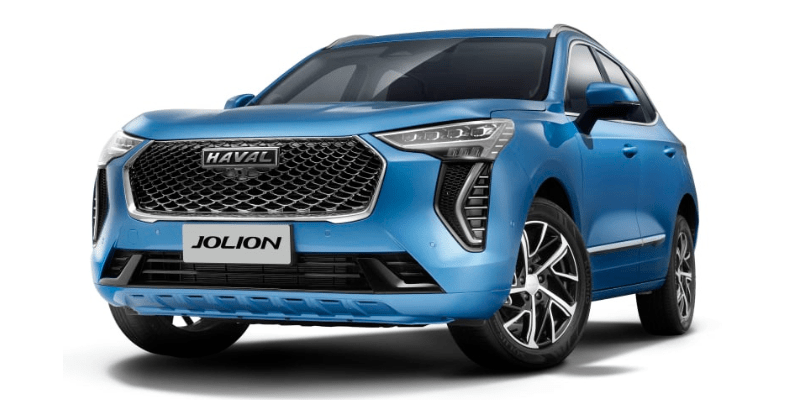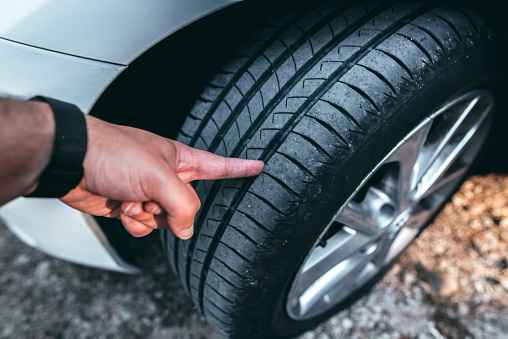Starting your car is simple enough, turn the key and wait for the engine to come to life. But did you know that there are actually a few things you should check before starting your car, regardless of whether it’s your first time or you’ve been driving for years? In this article, we’ll go over a few of those things so that you can be sure to have a smooth ride.
Check Before Starting Your Car
Winter weather can do a number on your car. Every driver should know how to properly check and prepare their vehicle before starting it up in the cold.
Here are a few things you should check before starting your car in the winter:
Oil level and quality: Check your oil level regularly, and be sure to use winter-grade oil in colder temperatures.
Tire pressure and tread: Cold weather can cause tire pressure to drop, so check your tires regularly and keep them inflated to the proper levels. Tread is also important for traction in snow and ice, so make sure your tires have enough tread to grip the road.
Windshield wipers and washer fluid: You’ll be using your windshield wipers more often in the winter, so make sure they’re in good condition and fill up your washer fluid tank so you can keep your windshield clean.
Battery: A weak battery is more likely to fail in cold weather, so get it tested regularly and replace it if necessary.
Lights: Check all of your lights regularly to make sure they’re working properly. This is especially important in the winter when visibility is often reduced.
Engine oil level and quality
As most car owners know, it’s important to check your engine oil level and quality before starting your car. Low oil levels can cause serious engine damage, so it’s important to make sure your car has enough oil. You can check your engine oil level by opening the hood and looking at the dipstick. If the oil level is low, add more oil until it reaches the full line on the dipstick.
It’s also important to check the quality of your engine oil. Over time, engine oil breaks down and becomes less effective at lubricating and cooling your engine. You can check the quality of your engine oil by looking at its color – fresh oil is usually a light amber color, while old or dirty oil is darker in color. If you suspect your oil may be dirty, have it changed by a professional mechanic.
Coolant level
If the coolant level in your car is low, it could mean that there is a leak somewhere in the system. It’s important to check the level before starting your car, and add coolant if necessary.
Tire pressure and tread depth
If you’re starting your car in the morning, the first thing you should do is check your tires. Make sure they’re inflated to the correct pressure and that they have enough tread depth. You can do this by using a tire pressure gauge and a tread depth gauge. If you’re not sure how to do this, consult your owner’s manual or a professional mechanic.
Check the brakes
If you’re starting your car, the first thing you should do is check the brakes. Make sure the parking brake is off, and pump the brakes a few times to make sure they’re working properly. If the brakes feel spongy or soft, there may be a problem with the brake fluid.
Windshield washer fluid level
If you’re like most people, you probably don’t think much about your windshield washer fluid level until you need it and realize it’s empty. It’s important to keep an eye on this level, though, as running out of fluid can lead to serious problems.
Windshield washer fluid is crucial for keeping your windshield clean and clear. In winter, it helps prevent ice and snow from building up on your windshield, and in summer, it helps remove bugs and other debris. Without adequate fluid, your windshield will quickly become obscured, making it difficult to see while driving.
Topping off your fluid regularly is the best way to ensure that you never run out. Most modern cars have a reservoir for the fluid that’s easy to access; just open the hood and look for it. If you’re not sure where it is, consult your owner’s manual.
Once you’ve located the reservoir, check the level of the fluid. If it’s low, add more until it reaches the “full” line. It’s also a good idea to check the condition of the fluid itself; if it looks dirty or cloudy, it needs to be replaced.
All lights are functioning
Before you start your car, it’s important to check that all the lights are functioning. This includes the headlights, taillights, brake lights, and turn signals. Checking the lights is a quick and easy way to make sure your car is safe to drive.
Mirrors are adjusted
Before you start your car, it’s important to check that your mirrors are properly adjusted. You should be able to see clearly out of all your mirrors, and they should be positioned so that you have a good view of the traffic around you.
Gasoline level
If you’re like most people, you probably don’t give much thought to your car’s gasoline level until the fuel light comes on. But if you want to avoid being stranded on the side of the road, it’s a good idea to check your gas level regularly. There are a few different ways to do this. You can either use the dipstick method or the visual method.
To check your gas level using the dipstick method, open your car’s hood and locate the dipstick. Pull it out and wipe it off with a clean cloth. Then, reinsert it and pull it out again. The amount of gasoline on the dipstick will tell you how full your tank is.
To check your gas level using the visual method, open your car’s hood and look at the gas tank. If you can see the bottom of the tank, then it’s time to fill up.
Keep in mind that checking your gasoline level isn’t just important when you’re running low on fuel. It’s also a good idea to check it before going on a long road trip. That way, you can be sure that you won’t run out of gas in the middle of nowhere!
Adjustment of the driver seat
It is important to be comfortable while driving, so make sure the driver seat is in the correct position for you before starting the car. The seat should be far enough back that you can press the pedals comfortably, but not so far back that you can’t reach the steering wheel. The back of the seat should be at a slight angle so that you’re not sitting upright or slouching down. The headrest should also be in the correct position so that your head and neck are supported in case of an accident.
Check the gears
If you’re like most people, you probably don’t give your car’s gears much thought. But if you’re having trouble starting your car, it might be time to check the gears.
If your car is manual, make sure the gear shift is in the correct position. If it’s in the wrong position, it can prevent the engine from starting.
If your car is automatic, make sure the shifter is in the “Park” position. If it’s not, the car may not start.
Either case, if the gears are not in the correct position, it can be a hassle to get your car started. So before you turn the key, double-check the gears.
Check all the warning lights
Before you start your car, it’s important to check all the warning lights on the dashboard. If any of the lights are illuminated, it could indicate a problem with your vehicle. Once you’ve checked the warning lights, you can start your car and be on your way.
Conclusion
It is always important to check a few things before starting your car, especially if it has been sitting for a while. Make sure to check the oil level and tire pressure, as well as the battery voltage. These simple steps can help ensure that your car is running smoothly and safely.



